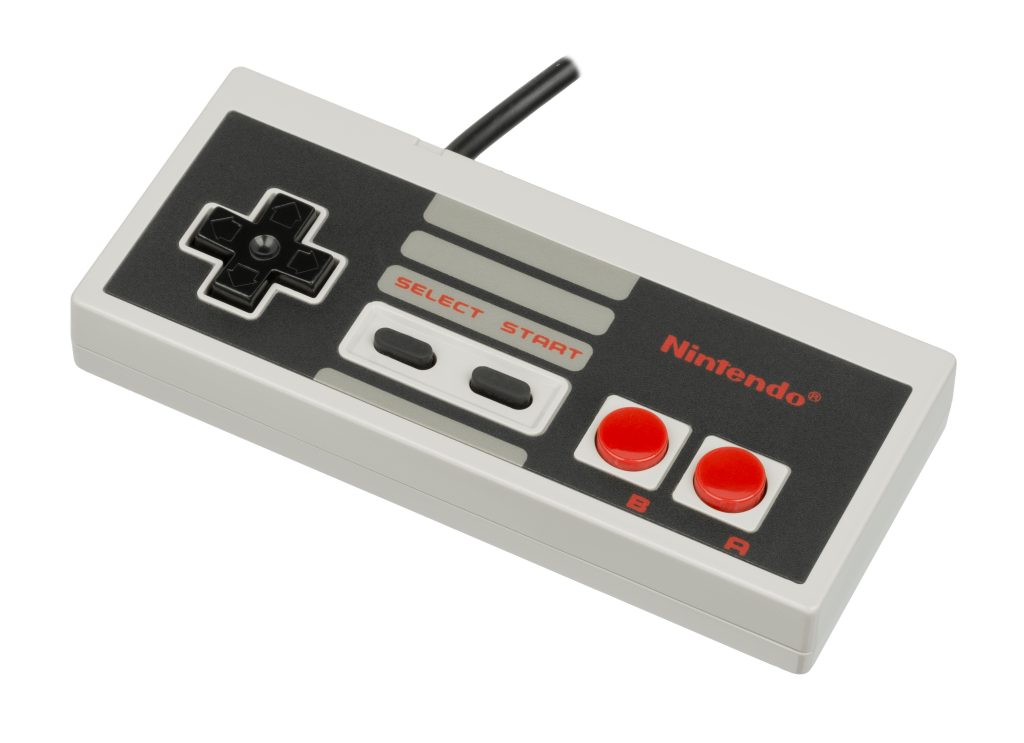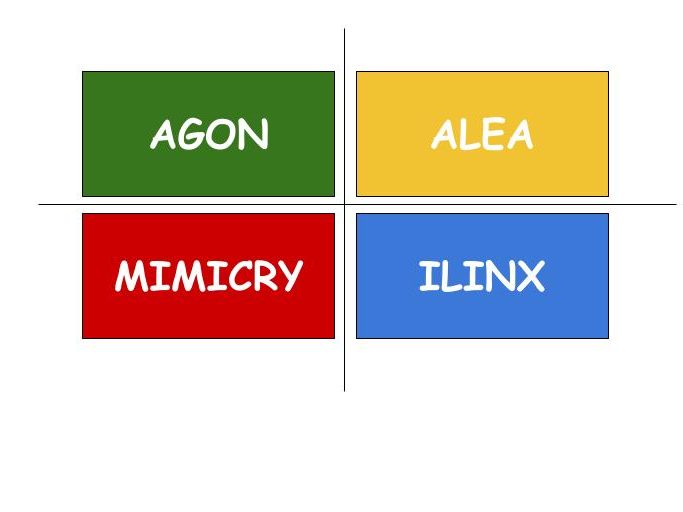Skinner boxes are artifacts where the user taps a button in the hope of getting something. In the original ones, the user was a lab rat willing for food. In Monopoly GO! the user is a Player looking for dopamine rushes.
Skinner boxes work very well, because of two factors. The first is the variable ratio variable schedule rewards. It means that the user doesn’t know if and when the reward will arrive. The other factor is that they are simple to use. That means that also a lab rat can do that.
There are many ethical questions around Skinner boxes, but humans can choose to play a game or not. The lab rats, instead, have no choice. Of course, we can consider the addiction to dopamine a form of slavery, there are no easy answers.
In games, Skinner boxes are often associated with a series of tasks to perform. Usually, the UI leads the Players on what to do next, so they don’t have to worry. They can continue to follow the series on their television set or the class while playing the game. Their dopamine system will stay stimulated and it will feel pleasing.



